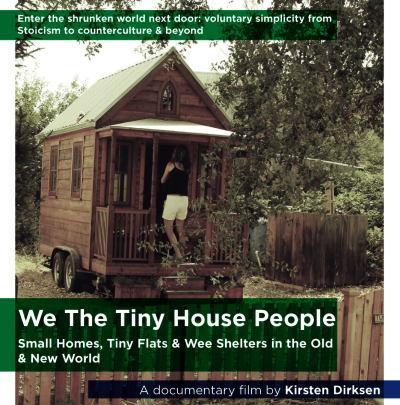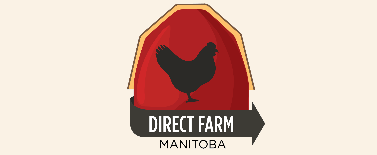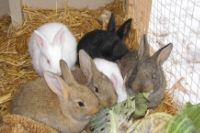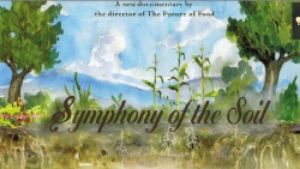 Thursday, August 8 we had a delightful tour of five SETI gardens. The weather was excellent, and the gardens were filled with an abundance of produce.
Thursday, August 8 we had a delightful tour of five SETI gardens. The weather was excellent, and the gardens were filled with an abundance of produce.
Here are the highlights:
Gabriel Gagné's garden:
Gabriel discovered the need for a healthy soil more than 25 years ago through organic agriculture courses he took in Quebec. His garden is 7500 sq. ft.; dense, diversified, and productive. He follows a 4 year rotation and practices companion planting. This garden on the sandy Kokomo ridge, is extremely productive becasue of the amount of compost Gabriel uses, and his very judicious watering.
Two small families depend significantly on the fruits, vegetables, legumes and cereal produced in this garden supply.
Rebecca and Sheldon Hiebert's garden
Here is a large raised bed garden with cardboard and straw between the rows. They use straw to mulch the beds to retain moisture in the soil. They love to experiment with different vegetables and were growing quinoa, amaranth, sweet potato and two kinds of lentils along withr more traditional garden crops. Growth on their hugelkulture bed, was also impressive. In this case they had draged wome dead logs out the the bush surrounding their garden. They had covered thse logs with soil, crating a unique raised bed. Plants growing on this mound did well, benefiting from the nutrients released by the decaying logs in the rooting area.
David Dawson's garden
David has a large vegetable garden and a greenhouse. He uses the greenhouse to extend the season by a couple of months. Although the whole garden was impressive, most impressive were David's tomatoes growing inside his greenhouse. He expects them to continue producing into October, by which time the vines will be 12' or 14' tall.
Finally Jack and Ruth Heppner's country garden
Jack and Ruth use raised beds with wooden sides and cardboard and straw between the boxes to keep weeds down and moisture in. In wet years it keeps the roots of garden plants out of water but in dry years they need to water plants more. It also allows them to build up the soil in the beds which they never walk on. "It is not a perfect garden – our garlic did not do well for some reason - but mostly it works for us."
We were also very interested in their a large composting project which has been going all summer with a temperature 130-140 F. They feed it with garden waste, buyt also collect organic waste from one of the delis in Steinbach several times a week.
And then there was the composting toilet Jack has built. They have one in their home in Steinbach and use it. Jack followed plans in Joseph Jenkins' The Humanure Handbook and they now use it regularly. Waste in the bucket is covered with sawdust obtained from Southeast Forest Products in Blumenort. Covered in that way, the bucket can be left standing, and it will not smell. They periodically empty their humanure bucket onto the above mentioned compost pile.
They have also built a pavilion using local rock and reclaimed cedar from old hydro poles and used cedar siding.
 Saturday, October 12, 2013 at 9:47AM
Saturday, October 12, 2013 at 9:47AM 







